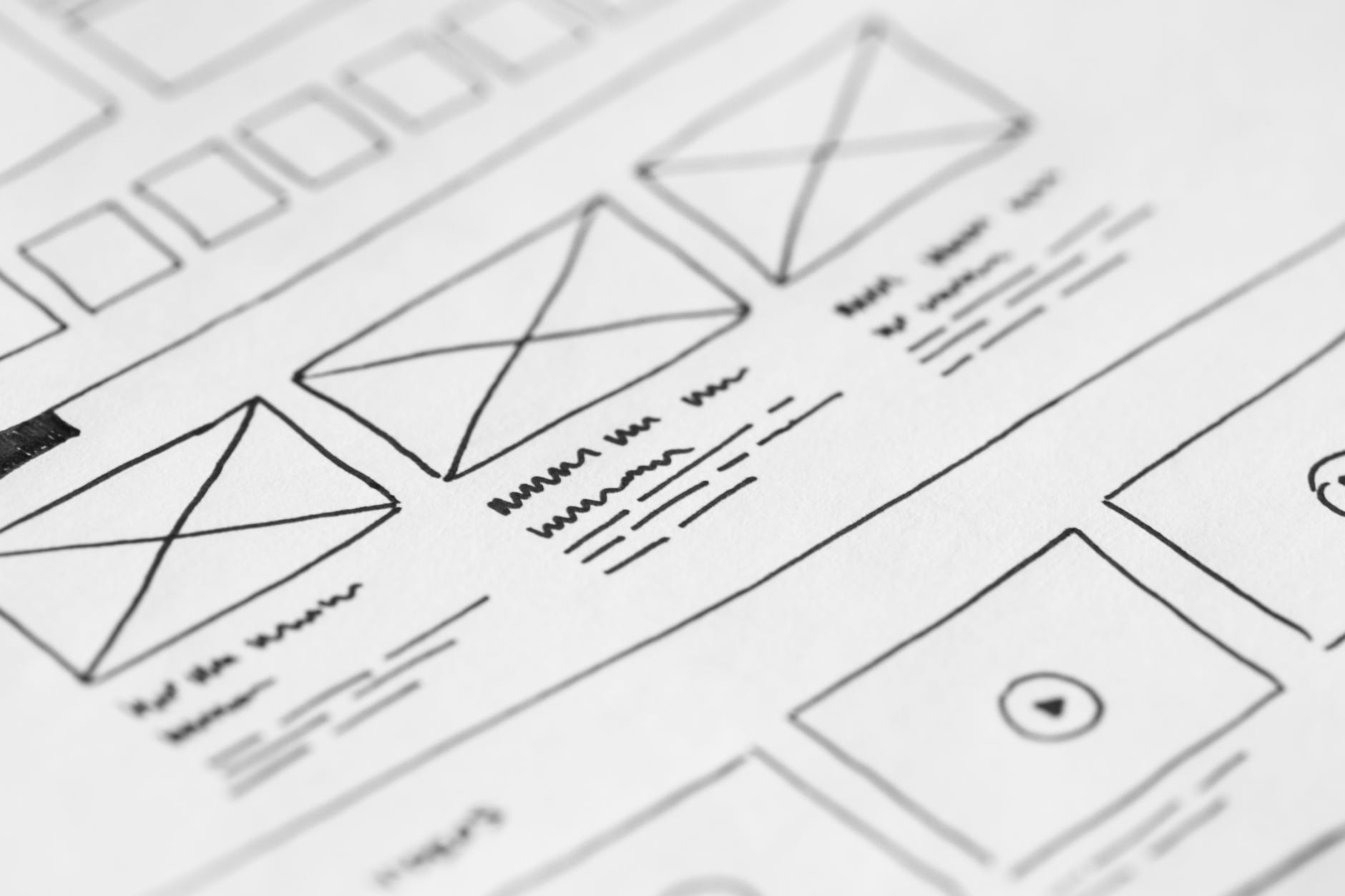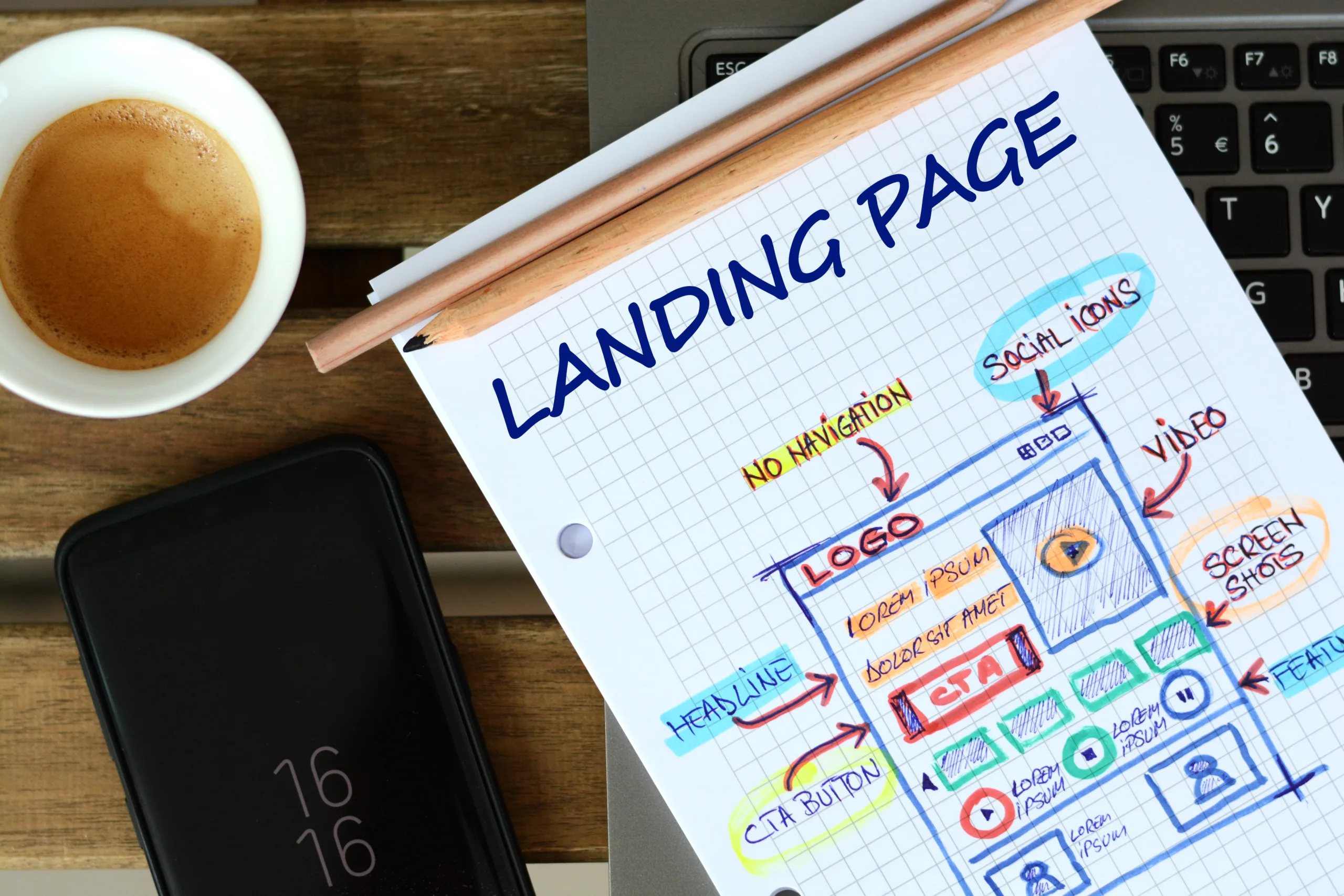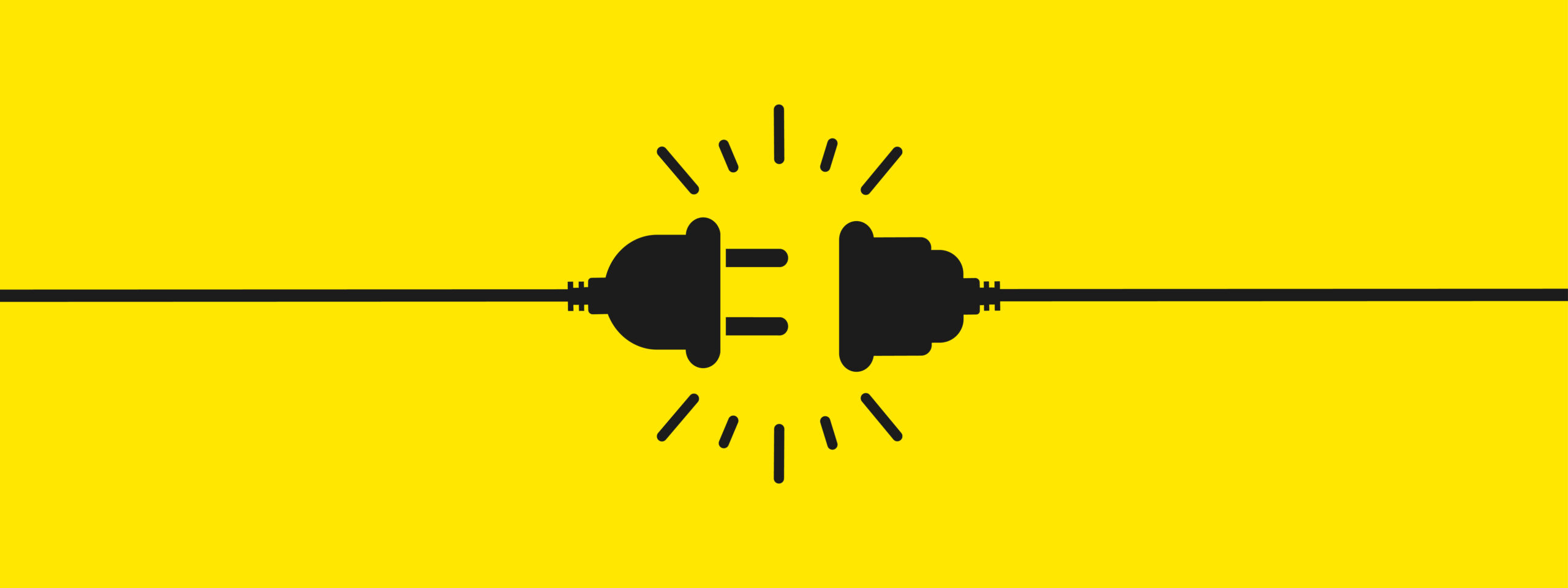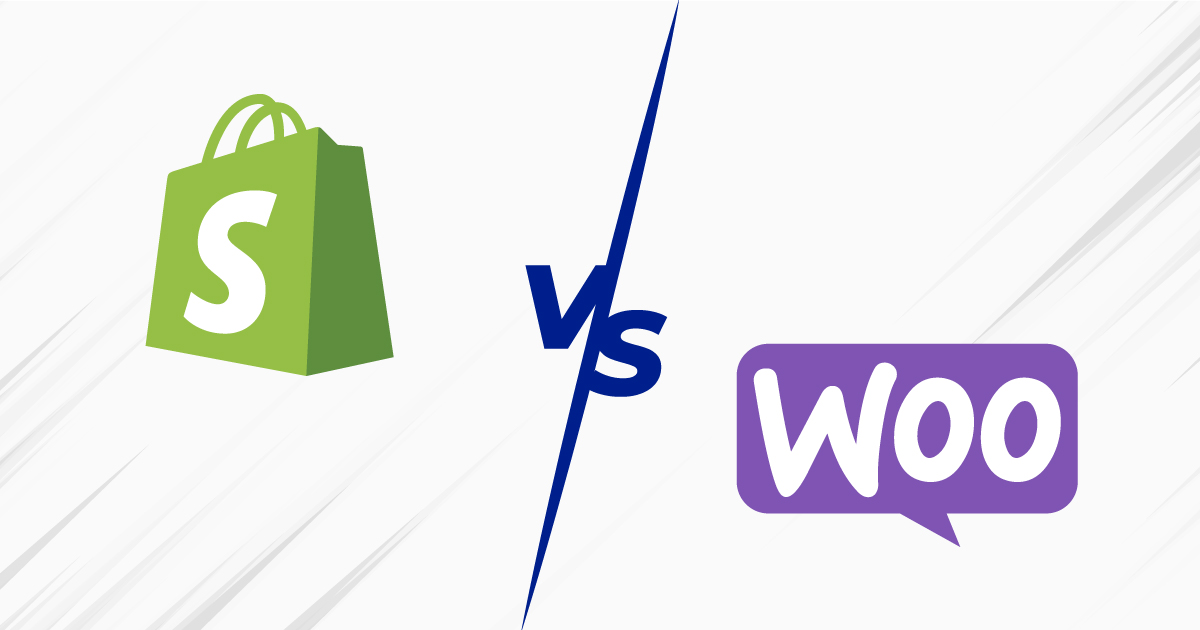Imagine for moment that a website is a 20 storey shopping centre, and as owners of the shopping centre, we want visitors to be able to find a series of products or services inside this 20 storey building; we also want them to enjoy their shopping experience in our building and come back for another visit in the future. The job of a UX designer is to do exactly that: help visitors during their visit to our site and ensure that the experience they have from the second they land on one of our pages all the way through the checkout process is easy, satisfying and functional.
UX (user experience) / UI (user interface) is a profession native to the 21st century, named by CNNMoney and Payscale one of the careers with the brightest future currently. This is understandable, considering that UX is key to succes online. Examining the term carefully, UX design is a holistic profession that covers traditional graphic design, web design, digital marketing, e-commerce, advertising and behavioural psychology. With this in mind, UX designers much know their users well enough to develop sites that are comfortable, intuitive and memorable.
One of the most common errors is confusing the role of the traditional graphic designer with that of a UX designer. Generally, UX professionals work on their project before a designer creates the form and colour as well as the visual identity of the site, app or company.
If we define these roles, basically, developers are in charge of the technical aspects of the project, UX designers focus on User Experience, and UI designers determine the final interface. This is a simplified take on these roles, and each position has a series of subtasks and additional responsibilities, but the degree of these tasks will also be determined by the project at hand and the team doing the work. A good UX designer understands all aspects of his or her profession, while likely specialising in a couple of specific areas.
UX design applies principally to websites and mobile or tablet apps. The goal is for users to never get lost along the way, enjoy their navigational experience and most importantly, to achieve the final goal of the web or app, whether that be purchasing a product or service or consuming some other type of information. In the digital world, functionality is everything and UX is no exception to this rule. For this reason, a good, experienced designer is one who understands digital architecture, knows how to “activate” a user within the interface and guide this user along their journey, almost like a digital tourist guide. This way, the user never feels lost or alone and can always find his or her way around the site or app, and can achieve their navigational goals. But how to achieve this? Various disciplines and skills contribute to successful UX, and can be condensed to a couple of key points:
- User behavioural psychology: It’s not so much about exercising extreme empathy or putting oneself in the user’s place, but rather getting to know users well enough to create an environment that is right for them.
- Product relevant advertising in the digital space: Although many of the basic rules of offline advertising also apply online, the presentation of products and services on a computer screen or a phone may differ from their presentation on the television. On TV, products are presented without any possible real-time interaction, simply trying to influence the user through a one-way channel. Really, we want the product to be able to “dialogue” with the user through the UX environment we’ve created.
- Use and order of web assets: UX designers have to decide how to arrange menus, how they dropdown or how users should wind their way through the navigation process: UX professionals also have to decide which styles and resources are most appropriate for a particular website and its users. Should a slider be used to present content or would a gif, video or static image with text be more appropriate? This same logic will be applied throughout the site or app in order to ensure that the result is a good fit for the user base. In addition, it’s also important to consider over how many pages / screens the experience will be spread across, as well as the time and place for these resources. A correct distribution and presentation of content will also be a key responsibility of the UX team, with the understanding of course that other teams or professionals such as editors or copywriters will also figure in later.
These are the primary points of UX design, although as we’ve mentioned, this specialty is growing and becoming increasingly complicated with sub-specialisations and greater areas of influence. These days, UX designers are fundamental drivers behind successful online navigation experiences.
More posts about: Start an online business







